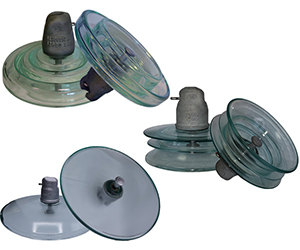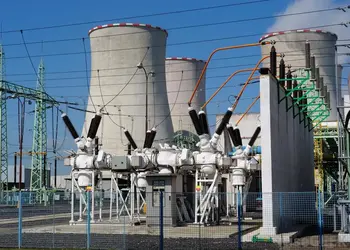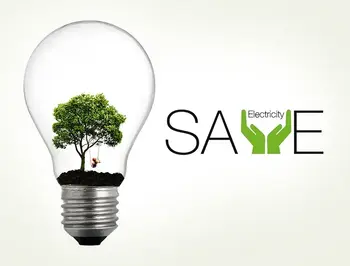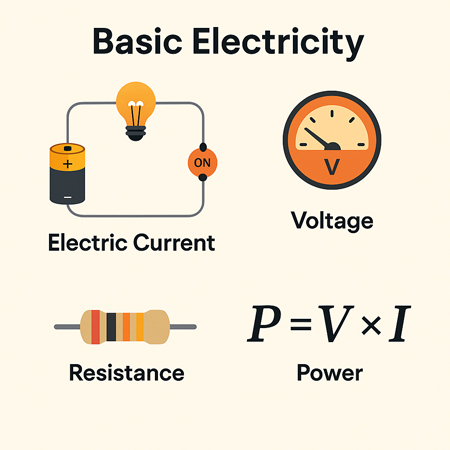What is Current Electricity?
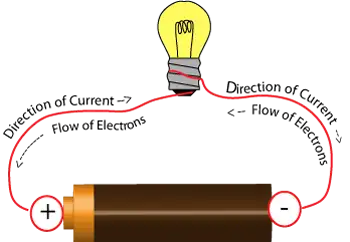
Current electricity is the flow of electric charge through a conductor, usually as moving electrons. It powers devices in homes and industries. Driven by voltage, this flow enables the transfer of energy through wires, forming the basis of modern electrical systems.
What is Current Electricity?
Current electricity refers to the continuous movement of electric charges (typically electrons) through a conductor, driven by an electromotive force (EMF), or voltage.
✅ Describes the movement of electric charge through a conductor
✅ Powers electrical devices in homes, industries, and electronics
✅ Exists as direct current (DC) or alternating current (AC)
Current is defined as an electrical charge in motion. It consists of a flow of negatively charged electrons from atom to atom through a conductor in an electrical circuit. The external force that causes the electron current flow of electric charge is called the electromotive force (emf) or voltage.
When charges move through these wires, they generate different forms of energy, which can power devices and systems. One common type of current is alternating current (AC), where the direction of the charge flow periodically reverses. This movement of charges can be compared to water flowing through a pipe, where the electrical potential pushes the flow, making it essential for transporting energy efficiently across distances.
The Quantitative Definition
Electric current is defined as the rate of flow of electric charge:
I = Q / t
Where:
-
I is current in amperes (A)
-
Q is charge in coulombs (C)
-
t is time in seconds (s)
For example, a current of 1 ampere means 1 coulomb of charge flows per second through a given point in the circuit.
Types of Current: AC and DC
-
Direct Current (DC): Charge flows in one constant direction. Example: Batteries.
-
Alternating Current (AC): Charge reverses direction periodically. Example: Household wall outlets (typically 60 Hz in North America).
How Current Electricity Works
Electric current arises when free electrons move through a conductor. In metals, these electrons are loosely bound and can drift when a voltage is applied. This movement is like water flowing through a pipe — voltage acts as the pressure that pushes the electrons along.
Voltage sources such as batteries or generators create this pressure, known as electromotive force (emf). The electrons flow from the negative terminal (excess electrons) toward the positive terminal (electron deficiency).
Effects of Electric Current
Electric current produces multiple observable effects:
-
Magnetic effect: Current creates magnetic fields (used in motors and transformers).
-
Thermal effect: Electric current generates heat (used in heaters and toasters).
-
Chemical effect: In electrolysis, current causes chemical reactions.
These effects make current electricity essential for thousands of real-world applications.
Ohm’s Law and Resistance
Ohm’s Law defines the relationship between voltage (V), current (I), and resistance (R):
V = I × R
Where:
-
V is voltage in volts
-
I is current in amperes
-
R is resistance in ohms (Ω)
This relationship helps calculate circuit behavior and select the right components for safe and effective electrical design.
Measuring Current
Current is measured using devices such as:
-
Ammeter: Installed in series with a circuit to measure current directly.
-
Clamp meter: Measures current without disconnecting wires, using magnetic field sensing.
-
Multimeter: A general-purpose tool that can measure voltage, resistance, and current.
Real-World Applications
Current electricity is present in virtually every aspect of modern life:
-
Lighting systems
-
Household appliances
-
Industrial machinery
-
Electric vehicles
-
Cell phones and computers
-
Medical equipment
-
Power grids and transmission lines
It also flows in biological systems, such as ion currents in nerve cells and plasma currents in scientific and industrial applications.
Static vs. Current Electricity
Although both involve electric charges, static electricity refers to charges at rest, whereas current electricity refers to the motion of those charges. Static electricity may build up and discharge suddenly, but only current electricity performs continuous work, such as powering a device or generating heat.
Frequently Asked Questions
What is an example?
Examples of current electricity are starting a car, turning on a light, cooking on an electric stove, watching TV, shaving with an electric razor, playing video games, using a phone, charging a cell phone and more.
Is current and electricity the same?
Current is a general characteristic of alternating current AC, like voltage and resistance. It's a name given to the flow of electrons (charge) through a medium. Electricity is a generic term used to describe the common flow of energy that powers all electrical devices. Current, in general, refers to any flow.
What are the two types of current electricity?
There are two different types of current in widespread use today. They are direct current, abbreviated DC, and alternating current, which is abbreviated AC. In a direct current, the electrons flow in one direction.
The electromotive force (emf) or voltage, as explained by Ohm's law, is created by a battery that consists of one positively charged and one negatively charged terminal. The negative terminal has an excess of electrons, while the positive terminal has a deficiency of electrons. When a conductor, in this case an electric light bulb, is connected to the two terminals of the battery, a flow of electrons occurs, producing both magnetic fields and an electric field. The positive terminal of the battery has a shortage of electrons and thus attracts electrons from the conductor. The negative terminal has an excess of free electrons to move, which repels electrons into the conductor.
Although "static" and "current" may seem different, they are really the same—both consist of electrical charges. Static electricity consists of electrons at rest on an insulated object and does little work. CE charge flows and does useful work. When static electricity is discharged, it is no longer static electricity — it is actually current electricity.
CE may also be classified as either direct current (DC) or alternating current (AC) based on the voltage source. Direct current voltage produces a constant flow of electrons in one direction only. Alternating current voltage produces a flow of positive and negative charge electrons in both directions, with varying magnitude. A battery is a common DC voltage source, while an electrical wall outlet is the most common AC voltage source (Figure 1).
Polarity identification (+ or -) and magnetic fields are one way to distinguish between a voltage source and a current source. Polarity can be identified on direct current circuits, but in alternating current circuits, the current continuously reverses direction; therefore, polarity cannot be identified. Additionally, it is essential to determine whether an electrical energy source generates alternating current or direct current. Many control and load components are designed to operate with a specific type of current. Operating the components with the wrong type of current or DC polarity can result in improper operation and/or permanent damage to the component.
Fig. 1. Current Electricity. Electrical charges moves.
Related Articles







